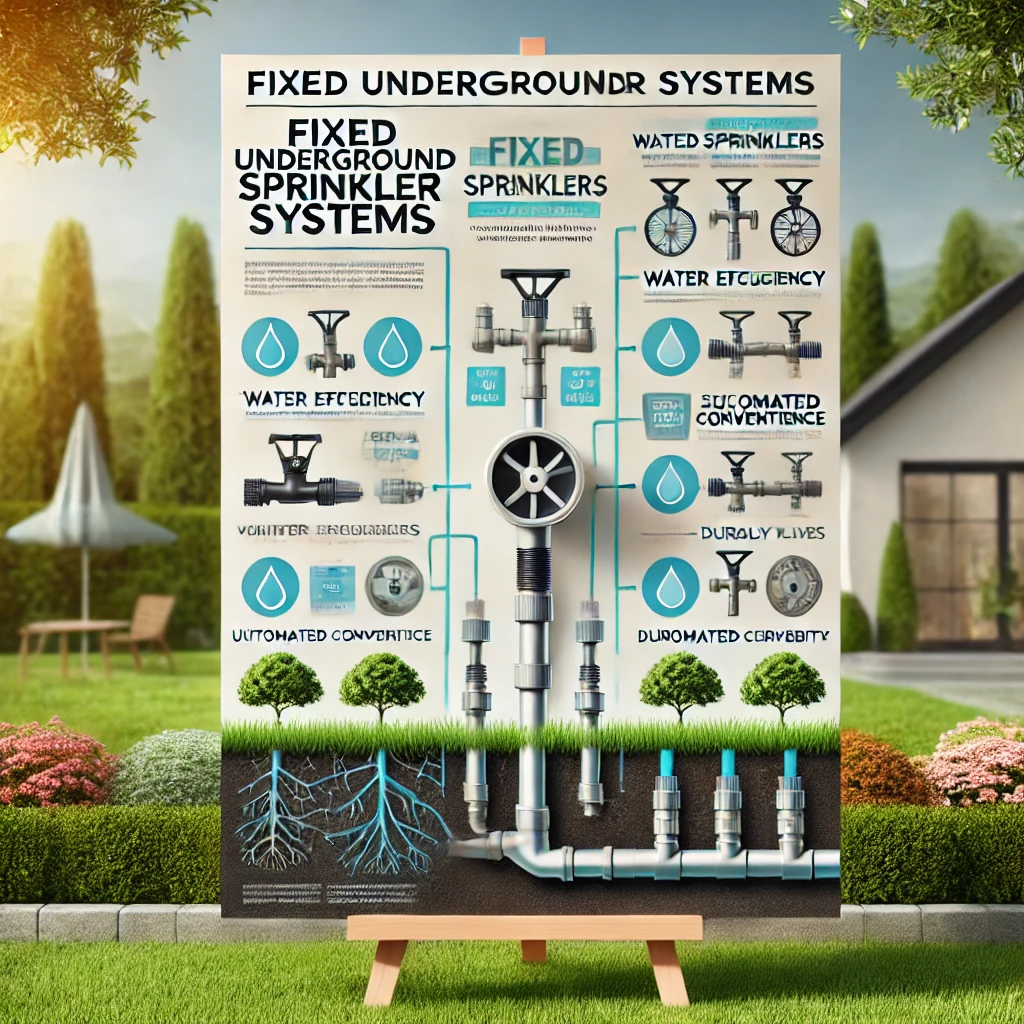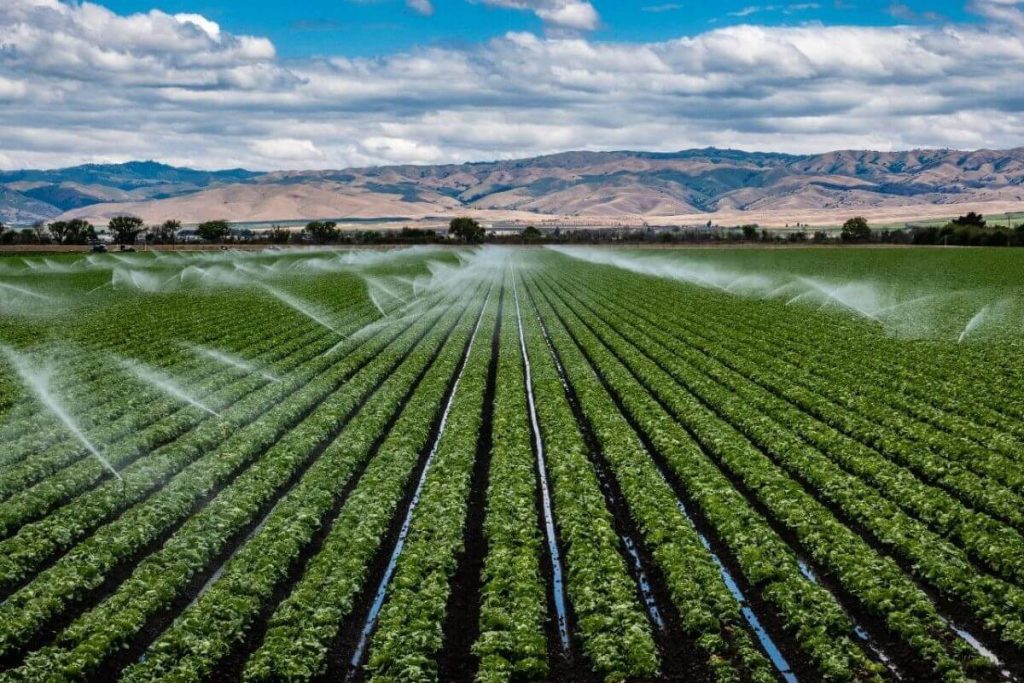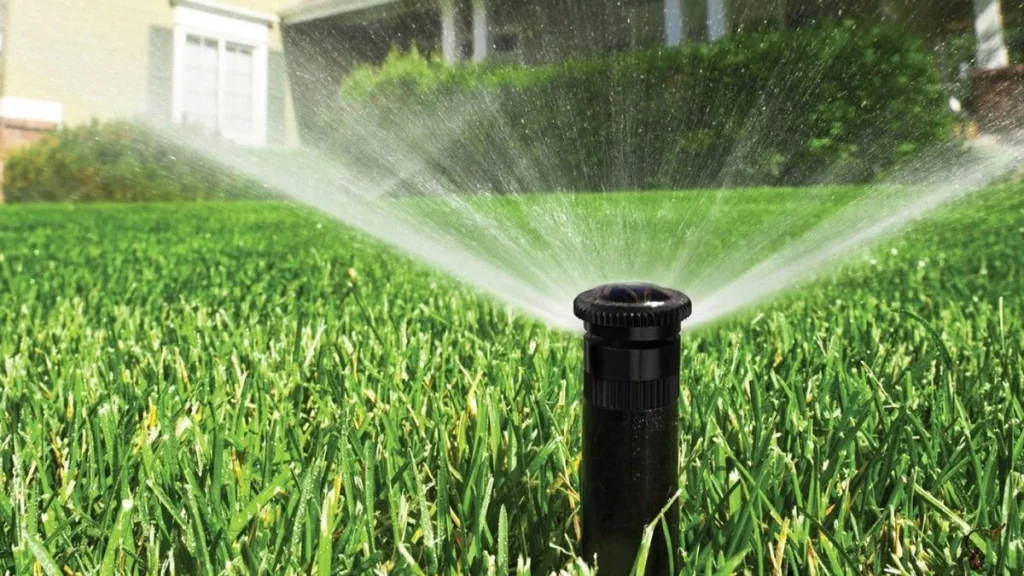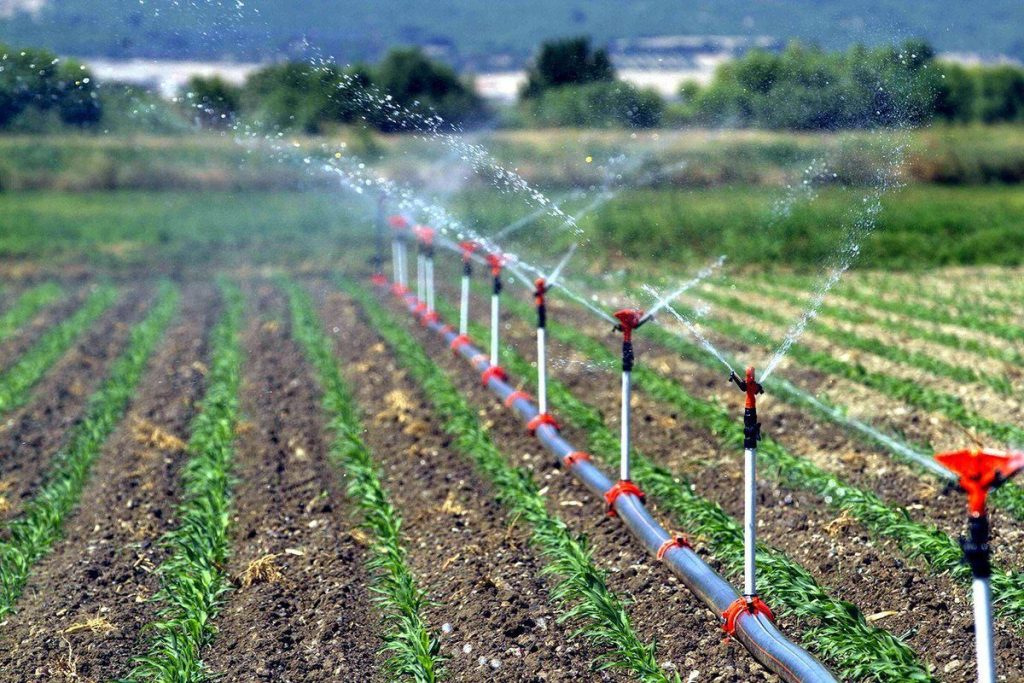
Underground fixed irrigation systems are among the best pressure irrigation solutions for gardens, lawns, and green spaces. These systems are designed with underground piping, distributing water uniformly through fixed sprinklers. In this article, we will explore the main components, advantages, and important considerations of underground fixed irrigation systems.
Underground Piping: Pipes made of PVC or polyethylene are installed underground to transport water from the source to the sprinklers. These pipes must be durable and properly installed to prevent leaks.
Fixed Sprinklers: These sprinklers are permanently installed in the ground and distribute water in a circular or radial pattern. Rotary sprinklers and stationary models are used for areas of various sizes.
Solenoid Valve: Solenoid valves control the flow of water and are integrated with automated controllers to set watering schedules.
Irrigation Controller: This device manages the timing of irrigation and can connect to smart sensors to operate based on weather conditions or soil moisture levels.
Pump and Water Source: Pumps are used to provide adequate water pressure. This system can connect to municipal water supplies or private sources such as wells.
Water Conservation: With precise watering and automated scheduling, these systems prevent water waste, delivering only the necessary amounts.
Uniform and Effective Watering: These systems distribute water evenly across the area, promoting healthier plant growth.
Automated Control and Convenience: Fixed irrigation systems operate with automatic controllers, allowing users to manage watering without physical presence.
High Durability and Resilience: Installed underground, these systems are protected from environmental damage and physical wear, offering a long lifespan.
Proper installation and optimal design of these systems are critical. Maintaining appropriate distances between sprinklers, ensuring adequate water pressure, and using high-quality equipment can enhance system efficiency. Regular maintenance, including leak inspections and cleaning of sprinklers, is also crucial.
Underground fixed irrigation systems provide automated and efficient watering, helping farmers and gardeners make the best use of water resources while reducing the need for constant supervision, leading to greater convenience and productivity.



Irrigation systems are among the most effective tools for managing water resources and increasing productivity in agriculture and green spaces. Each irrigation method is selected based on the type of crop, environmental conditions, and available water sources. In this article, we will comprehensively examine various irrigation methods, their advantages and disadvantages, and how to implement irrigation systems.
Surface irrigation is one of the traditional and widely used methods in agriculture. In this method, water is released onto the surface of the land and reaches the plant roots naturally or by gravitational flow.
Types of Surface Irrigation:
Advantages:
Disadvantages:
Drip irrigation is one of the most efficient methods of pressure irrigation. In this system, water is delivered directly to the roots of plants through pipes in a drip form.
Implementation of Drip Irrigation:
Advantages:
Disadvantages:
In sprinkler irrigation, water is sprayed over plants in fine droplets (similar to rain). This method is popular in farms and green spaces due to its wide coverage and uniform water distribution.
Types of Sprinkler Irrigation:
Advantages:
Disadvantages:
In subsurface irrigation, pipes are installed below the soil surface and close to plant roots, allowing water to be delivered directly to the roots.
Implementation of Subsurface Irrigation:
Advantages:
Disadvantages:
Tape irrigation is a type of drip irrigation that uses narrow strips with small holes.
Implementation of Tape Irrigation:
Advantages:
Disadvantages:
Leveraging cutting-edge technologies and a specialized team, Rasta Trade Development excels in producing and supplying advanced irrigation systems, including drip, subsurface, and sprinkler irrigation, all with the highest quality. This company is committed to technical expertise and modern infrastructure, delivering products that meet international standards, addressing not only domestic needs but also having significant potential for export to global markets.
With a focus on optimizing water consumption and enhancing agricultural productivity, Rasta Trade Development provides customers with the best pressure irrigation systems. Our products are made from high-quality, sustainable materials and comply with global standards in irrigation equipment production, making them suitable for export to various countries.
By concentrating on quality, innovation, and advanced technology, Rasta Trade Development has established itself as a leader in the manufacturing and supply of irrigation equipment, exporting its products to different countries across the Middle East, Europe, and Africa. If you are seeking a reliable business partner in the field of irrigation systems that adhere to global standards, Rasta Trade Development is your best choice.

For inquiries, purchasing, or more information about our products, please reach out to us using the contact details below:
– Phone: +98 21 8877 0680
– WhatsApp: +98 912 6835 639
– Telegram Group: SAVA Business Group
Our team is dedicated to providing excellent support and is ready to assist with any questions or needs you may have.